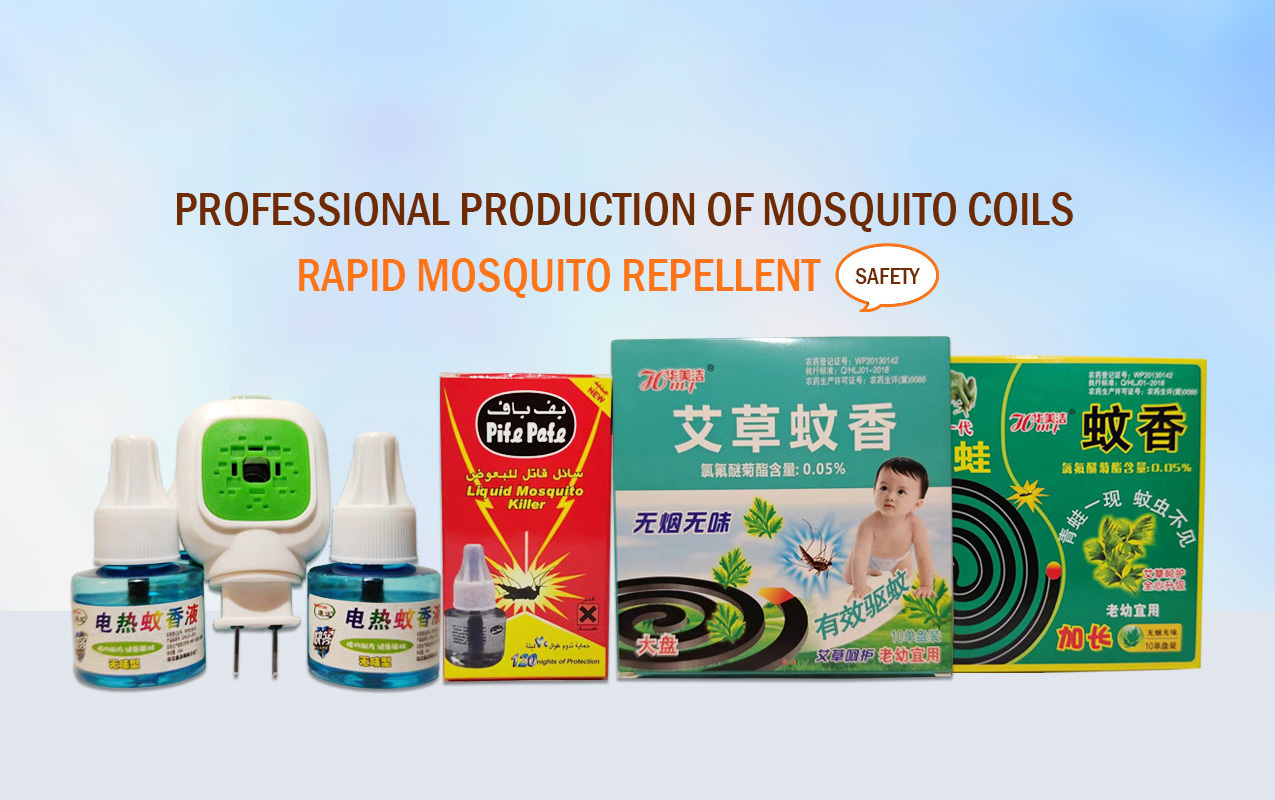Effective Insecticides for Mosquito Control: A Comprehensive Guide
2025-01-11

Mosquitoes are not just a nuisance; they pose significant risks to both human health and agricultural productivity. Various insecticides for mosquitoes are used to manage these pests effectively. Understanding their types, mechanisms, and applications is crucial for professionals in the agricultural sector.
One of the primary categories of insecticides for mosquitoes includes synthetic chemical insecticides, which can act as neurotoxins. Organophosphates and pyrethroids are common examples. These compounds disrupt the normal functioning of the mosquito’s nervous system, leading to paralysis and eventual death. While effective, it is essential to use these products judiciously due to potential environmental impacts and the development of resistance among mosquito populations.
Another category is biological insecticides, which are derived from natural organisms. For instance, Bacillus thuringiensis israelensis (Bti) is a bacterium that produces a toxin lethal to mosquito larvae. Bti is often favored in agricultural settings because it targets only mosquito larvae, leaving beneficial insects unharmed. This specificity makes biological insecticides an environmentally sound choice for integrated pest management strategies.
Insect growth regulators (IGRs) also play a vital role in mosquito control. These compounds interfere with the growth and development of juvenile mosquitoes, preventing them from maturing into adults. The use of IGRs is particularly effective in water bodies, where mosquitoes breed, thus reducing future populations without directly killing existing adults.
When applying insecticides for mosquitoes, several factors must be considered to enhance efficacy and minimize environmental impact. Proper timing is critical; applications should coincide with peak mosquito activity, typically during dusk and dawn. Additionally, selecting the right formulation—whether it be liquid, aerosol, or granule—depends on the specific area of application and target mosquito life stage.
Moreover, it's important to remain informed about local regulations and guidelines regarding pesticide use. Many regions have established thresholds for mosquito populations, and monitoring these can help determine when intervention is necessary. Collaboration with local agricultural extension services can provide additional insights and recommendations tailored to specific situations.
While insecticides for mosquitoes are essential tools in managing these pests, they should be part of a broader integrated pest management (IPM) approach. This strategy combines chemical, biological, and cultural practices to reduce mosquito populations sustainably. By fostering a balance between agricultural productivity and environmental health, professionals can safeguard their crops while minimizing adverse effects on ecosystems.
In summary, effective mosquito management through insecticides requires a thorough understanding of the different types available, their application methods, and their role in an integrated pest management system. By making informed choices, professionals can enhance both agricultural productivity and environmental safety.
One of the primary categories of insecticides for mosquitoes includes synthetic chemical insecticides, which can act as neurotoxins. Organophosphates and pyrethroids are common examples. These compounds disrupt the normal functioning of the mosquito’s nervous system, leading to paralysis and eventual death. While effective, it is essential to use these products judiciously due to potential environmental impacts and the development of resistance among mosquito populations.
Another category is biological insecticides, which are derived from natural organisms. For instance, Bacillus thuringiensis israelensis (Bti) is a bacterium that produces a toxin lethal to mosquito larvae. Bti is often favored in agricultural settings because it targets only mosquito larvae, leaving beneficial insects unharmed. This specificity makes biological insecticides an environmentally sound choice for integrated pest management strategies.
Insect growth regulators (IGRs) also play a vital role in mosquito control. These compounds interfere with the growth and development of juvenile mosquitoes, preventing them from maturing into adults. The use of IGRs is particularly effective in water bodies, where mosquitoes breed, thus reducing future populations without directly killing existing adults.
When applying insecticides for mosquitoes, several factors must be considered to enhance efficacy and minimize environmental impact. Proper timing is critical; applications should coincide with peak mosquito activity, typically during dusk and dawn. Additionally, selecting the right formulation—whether it be liquid, aerosol, or granule—depends on the specific area of application and target mosquito life stage.
Moreover, it's important to remain informed about local regulations and guidelines regarding pesticide use. Many regions have established thresholds for mosquito populations, and monitoring these can help determine when intervention is necessary. Collaboration with local agricultural extension services can provide additional insights and recommendations tailored to specific situations.
While insecticides for mosquitoes are essential tools in managing these pests, they should be part of a broader integrated pest management (IPM) approach. This strategy combines chemical, biological, and cultural practices to reduce mosquito populations sustainably. By fostering a balance between agricultural productivity and environmental health, professionals can safeguard their crops while minimizing adverse effects on ecosystems.
In summary, effective mosquito management through insecticides requires a thorough understanding of the different types available, their application methods, and their role in an integrated pest management system. By making informed choices, professionals can enhance both agricultural productivity and environmental safety.
Recommend News
Contact Us
Leave Us A Message


